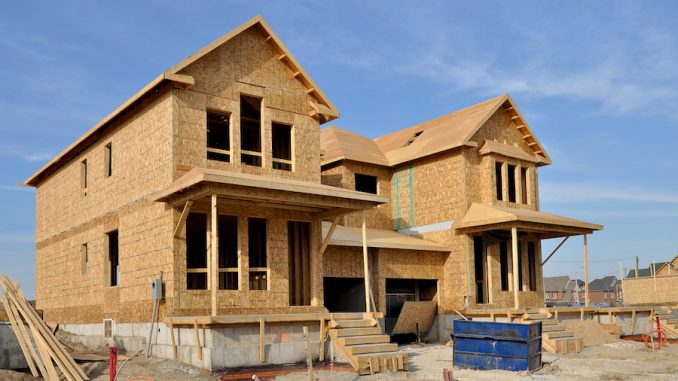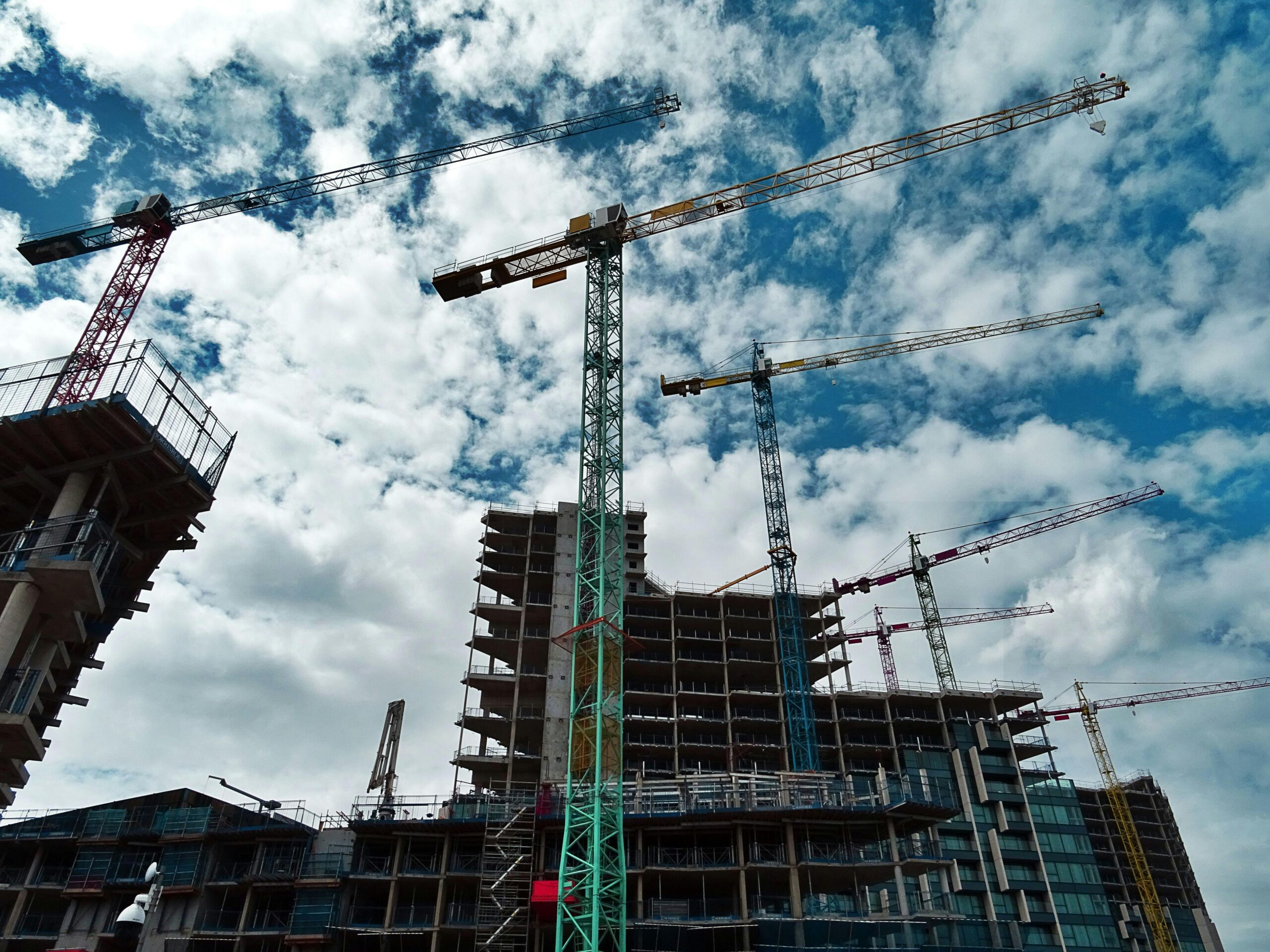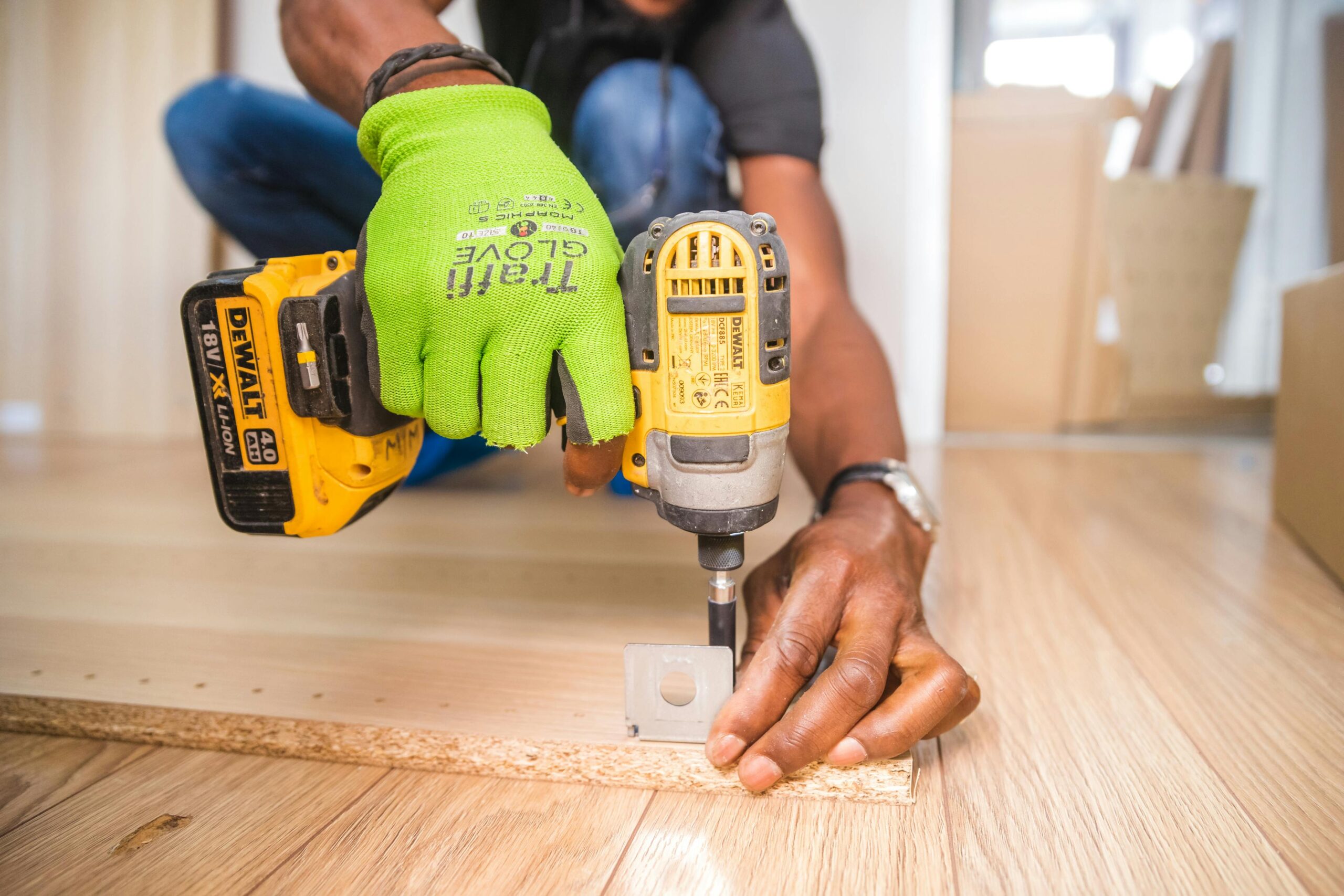How to Choose the Right Construction Materials for Your Project
Choosing the right construction materials is essential to the success and durability of your project. With the variety of materials available, making the right choice can be overwhelming. However, understanding the factors that influence material selection—such as budget, performance, sustainability, and project requirements—will help you make informed decisions. In this post, we’ll guide you through the process of choosing the best materials for your construction project.
1️⃣ Consider the Project’s Purpose and Requirements
🔹 Type of Construction
Different construction projects have different material needs:
✔ Residential: Materials for homes must prioritize comfort, energy efficiency, and aesthetic appeal.
✔ Commercial: Commercial buildings require materials that are durable, cost-effective, and functional for high-traffic areas.
✔ Industrial: Materials for industrial projects need to be resistant to wear and tear, fireproof, and able to withstand harsh environmental conditions.
🛠️ Tip: Understand the specific demands of your project to narrow down the material options.

2️⃣ Budget and Cost Considerations 💰
🔹 Balancing Cost with Quality
While it’s tempting to go for the cheapest option, sometimes quality materials will offer better value in the long term due to their durability and reduced maintenance costs.
✔ Always account for initial costs as well as long-term expenses.
✔ Energy-efficient materials (such as insulated windows) can reduce future utility costs.
🛠️ Tip: Don’t forget to consider the cost of labor and installation for certain materials.

3️⃣ Environmental Impact and Sustainability 🌱
🔹 Eco-Friendly Construction Materials
The trend toward sustainable construction is growing. Opting for green materials can reduce your project’s carbon footprint and environmental impact.
✔ Recycled Materials: Concrete and steel can be recycled and reused.
✔ Bamboo & Cross-Laminated Timber: These sustainable alternatives are strong and eco-friendly.
✔ Low-VOC Paints and Finishes: These reduce air pollution and are safer for indoor environments.
🛠️ Tip: Using sustainable materials can also result in tax benefits or certifications like LEED (Leadership in Energy and Environmental Design).

4️⃣ Durability and Maintenance Requirements ⏳
🔹 Longevity of Materials
Certain materials have greater durability than others, which is a crucial factor for the success of your construction project:
✔ Steel: Known for its strength and longevity, it’s ideal for structural components.
✔ Concrete: Low-maintenance and weather-resistant, but may require sealing to avoid cracks.
✔ Wood: Aesthetically pleasing but needs to be treated to avoid rot and termites.
🛠️ Tip: Always consider future maintenance and whether the material will need regular care to stay in good condition
5️⃣ Local Climate and Environmental Conditions 🌦️
🔹 Adapting Materials to Weather Conditions
The local climate plays a significant role in the longevity and performance of construction materials. Consider:
✔ Hot Climates: Materials that reflect heat or insulate against extreme temperatures are best (e.g., reflective roofing, insulated walls).
✔ Cold Climates: Materials that provide insulation and can withstand freezing temperatures (e.g., brick, stone, and specific concrete mixes).
✔ Humid Environments: Materials resistant to moisture and mold (e.g., treated wood, certain composites, and waterproofed materials).
🛠️ Tip: Local conditions can dictate the maintenance needs of materials, so choose accordingly.






